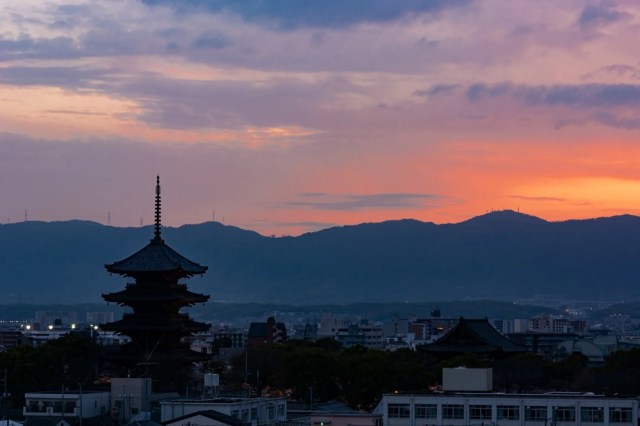
Kyoto City Tourism Association wants the town to clean up its translation act.
Kyoto has always been among Japan’s top tourism destinations, and with Japan receiving more foreign travelers than it ever has before, the same goes for its former capital. But with record-breaking numbers of overseas visitors coming into Kyoto, there’s an increased need for multilingual guidance signage and guidance, and a recent study has found less-then-stellar quality to the translations being provided to Kyoto’s guests from abroad.
Between December and February, the Kyoto City Tourism Association investigated non-Japanese signs, written notices, and audio announcements at 50 locations within the city, including train stations, hotels, restaurants, museums, temples, and shrines. Out of roughly 3,600 items examined, 499 were found to be incorrectly or inaccurately translated.
A greater than 10-percent chance of foreign travelers not being able to understand the intended messages is too high for the association’s liking. “Coming as inbound international travelers are returning to Kyoto,” said association spokesperson Yuya Iwasaki, “[these mistranslations] could potentially damage the Kyoto brand.”
In response, the association has enacted a number of initiatives, including seminars for tourism and tourism-adjacent businesses on how to more effectively communicate necessary information and rules to visitors who can’t read or speak Japanese. Last month the organization also released a 49-page Foreign Language Signage Guideline packet, available for free download through the Kyoto City Tourism Association website here. Right off the bat, the guidelines caution against an over-reliance on machine/A.I. translation, giving the following example.
As a direct translation of the Japanese text, “The current time is unavailable” is all right, but it’s still not something that makes much sense in English. In Japanese, it’s common to omit the subject and object of a sentence of clause if it can be understood from context, and the Japanese text is really saying “[You] cannot use [this space/thing] at the current time,” so the Kyoto City Tourism Association guideline packet recommends this translation instead.
The all-caps CLOSED might look a little harsh, but the guidelines do later go on to stress the importance of making sure not to strip away the polite tone of in-Japanese text when translating it, recommending the consistent use of words such as “please” and “thank you.”
▼ The association recommends the version on the right
The guidelines also include visual design pointers, such as recommending complementing text with pictograms…
…making sure foreign-language text is adequately sized to be noticeable, and grouping each language’s text together in their own sections of signage.
▼ Recommended versions on right side
It’s worth keeping in mind that though the study that discovered the translation errors was carried out by the Kyoto City Tourism Association, the locations where the errors were found are not necessarily administered by the municipal government. In the post-pandemic travel boom more than a few restaurants, temples, and other places that previously had only limited levels of interest from overseas travelers have suddenly found themselves becoming major tourist draws, and some inaccurate signage was likely put in place with the attitude of “We really need to put up something right away, and we don’t have a translator on staff, so just Google translate it and we’ll sort the details out later.” The study was also not limited to English translations, and the more languages involved, the greater the chance for a translation slip-up.
There is, as always, the argument to be made that it is travelers’ responsibility to study up and acquaint themselves on norms of public behavior and basic phrases in the language of a foreign country that they plan to visit. At the same time, with Japan’s inbound travel boom not likely to cool off anytime soon, and breaches of etiquette by foreign tourists drawing increasing attention and annoyance from the local population, clearer communication itself can only be a good thing, so hopefully the Kyoto City Tourism Association’s efforts will prove effective.
Related: Kyoto City Tourism Association
Source: Yomiuri Shimbun via Livedoor News via Jin, Kyoto City Tourism Association
Top image: Pakutaso
Insert images: Kyoto City Tourism Association
● Want to hear about SoraNews24’s latest articles as soon as they’re published? Follow us on Facebook and Twitter!